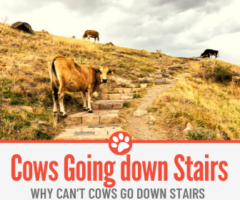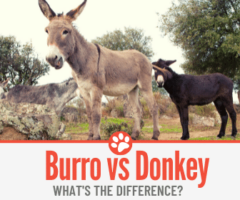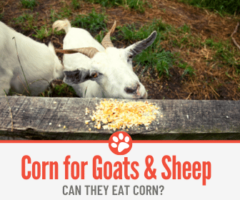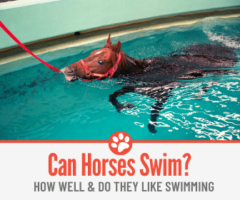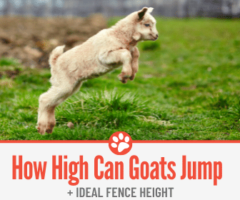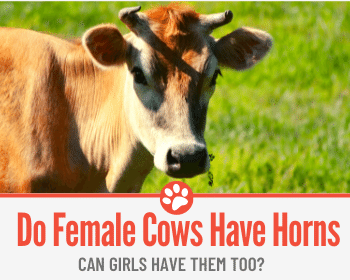 We have seen them grazing on fields as we drive by. We might have even visited farms and seen them up close and personal.
We have seen them grazing on fields as we drive by. We might have even visited farms and seen them up close and personal.
Most of us enjoy the delicious dairy products they provide. That’s right, I am talking about cows. I bet you thought you knew all there was to know about them. Such simple creatures.
They give us milk, cheese, and beef, all while lazing and grazing the fields.
I bet you don’t even know how to distinguish male bulls from female cows. Hint: it’s not the horns.
Do Female Cows Have Horns?
Female Cows can have horns, If you thought all female cattle were all the cows without horns, I am here to teach you something new today. All cattle, whether bull (male) or cow (female) are capable of growing horns. It has nothing to do with the sex of the cattle, and more to do with genetics and ancestry. It might not even shock you that humans have had a hand in the fact that some cattle species are hornless.
So, if you’ve ever pointed to cattle without horns and screamed “Look, a cow!” you could have been wrong. Don’t worry, I have done the same thing many times.
But I have some news for you. It goes so much deeper than that. Not only are all cows capable of growing horns, but all horns have a purpose (very important ones actually) and they contribute to the cattle’s’ position within their societal hierarchy.
Cows just got a lot more complicated.
Are Female Cows Born With Horns
Cows are not born with horns, and whether they will or will not get them depends on genetics and how they have been bred. When calves are born you may feel something called a horn bud on their foreheads. If you feel this little bump covered in fur, it means your calf will grow horns.
Horns start growing right away, but only appear gradually over time. You can often see them beginning to protrude delicately at 3 months.
How Many Horns Do Female Cows Have
Cows have two horns, one on either side, and they can grow in a variety of beautiful shapes and sizes. They can grow pointing up, down, out to the side, and will continue to grow, curve, and strengthen for the rest of the cattle’s life.
Do Female Cows Have Shorter Horns Than Male Cows
The shape and size of horns in cattle, like their occurrence, is determined by genetics, not gender. This means whether a male has longer or shorter horns than a female is down to DNA and luck.
However, statistics show that, on average, horns in male cattle tend to be thicker and a little shorter. Horns in cows are generally finer and more curved.
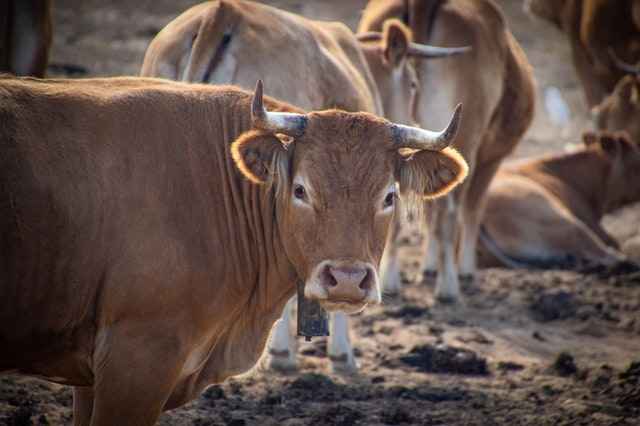
Why Do Female Cows Have Horns?
The answer to this is simply luck. When the cow was born, the world spun the great wheel of genetic inheritance and it landed on horns.
In the same way we inherit eye colour, hair colour, or other features from our parents and grandparents, cows inherit their horns from their parents.
However, as we all know, the world of DNA and genetic inheritance is complex and inconsistent. So just like a person could be born with blue eyes even though most direct family is brown eyed, some cattle simple won’t grow horns despite both parents having them.
What Does A Female Cow Use Its Horns For
The purpose of horns is plenty, from social status to protection, horns form naturally for a reason.
Firstly and most obviously, cows will use horns to protect themselves and their calves from danger such as wolves or other predators.
In situations where there is no human interference, a set of horns can be the deciding factor between life and death.
Because horns on cattle have blood cells and nerve endings, they contribute to the cow’s well-being. There is much research on how horns help cattle regulate their temperature, aid digestion, and even how horns play contributing roles to their immunity and natural biology.
Lastly and most interestingly, all herds have their own social hierarchy and structure. Horns play a big part in cows finding their place within this structure.
It is essentially their ticket into the ranks. Cows with wider horns need more individual space because they occupy more space. Beautifully and massive curved horns put you higher up the social ladder and might make some more attractive to bulls of the same ranking.
Why Do Some Female Cows Not Have Horns
This is another question I’m going to have to answer with genetics. Although, in this case it’s a little more straightforward. Cows or any cattle naturally born without horns a referred to as polled. Polled cattle can only birth polled cattle, making it the dominant trait.
This means, that even if a polled cow mates with a horned bull, their calf will be horn-less. Even the other way around, polled bull and horned cow equal polled calf.
Only when two horned cattle mate can they produce more horned cattle. Farmers often purposely breed polled cattle. This is for a variety of reasons. It might be to protect themselves and other cattle from being injured, or it may be because they want to be able to keep more cows in smaller places.
So, if you see a cow without horns it is either because it simply got unlucky, they did not inherit the horned gene, or they were just bred that way.
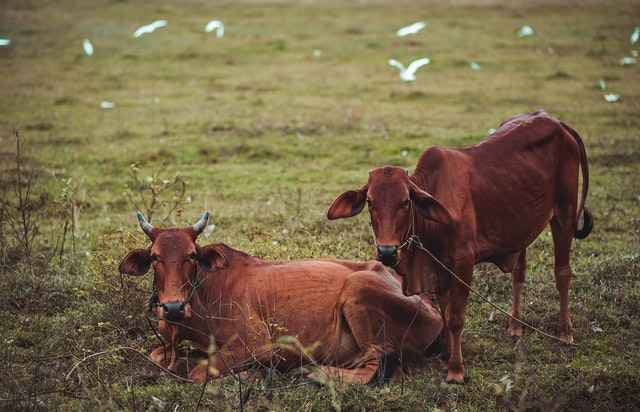
What Type Of Female Cows Have Horns?
This again varies quite randomly, but it is important to remember that all cows are capable of having horns. The ability to grow horns has nothing to do with the gender of the cattle, and everything to do with ancestry and DNA. It is also important to remember that horns are not the same as antlers.
Antlers are true bone, grow as an extension from the deer’s skull, are shed and regrown annually, and are mostly found on males. We have learned that horns are found on cattle regardless of gender, has nerve endings and blood cells, and aren’t shed, but continue to grow throughout the cattle’s life.
Longhorn cows
The answer here is in the name. English Longhorn female cows have long horns. This breed of cattle is multipurpose, meaning they are bred for meat and dairy purposes.
Their horns have some interesting coloration that can come in red, grey, white, or brown. As the name suggests, their horns are long, but they have a unique characteristic that sets them apart from other cattle breeds. Their horns actually curve down towards the nose, framing their face.
This often makes them look aggressive or dangerous, but in truth Longhorns are quite docile and are easily manageable.
Dairy cows
You will find short, thick white horns that curve upwards on the common dairy cow, but it has become a widespread practice to remove them from the cattle at a young age.
In America for example, horns in dairy cows are removed to protect farmers as well as other cows. Dairy cows are massively bred to produce milk and that means living in close quarters.
To keep the peace and to keep everyone in one piece, research shows that 80-90% of dairy cows are dehorned in the USA each year.
Highland cows
Highland cows are fluffy, furry, and friendly horned cattle considered to be the oldest registered cattle breed in the world! Originating in Scotland, their thick and shaggy coats help them survive the harsh cold. B
oth male and female Highland cattle are capable of growing horns, but the horns of the female Highland differ from that of the male. Where the male’s horns are shorter and thicker, the female’s horns are long, thin, grow outwards, and curve upwards forming a majestic headpiece that oozes femininity.
Where this may make them look quite intimidating, in truth they are gentle beasts that are truly quite adorable.
Black Angus Cows
Angus cattle is amongst some of the most popular beef cattle breeds. They come in two colours, so you have Red Angus and Black Angus. There is no genetic difference between the two, and Angus cattle are naturally polled.
This means that they don’t have horns, but not because they have been removed at a young age. Instead, this was done naturally, meaning Angus cattle without horns were bred to produce more Angus cattle without horns since polled is the dominant trait passed on to the next generation.
It has been done so much and for so long that Black Angus Female cows are now naturally horn free. This makes the quite popular amongst the farmers who want to avoid having to dehorn their cattle themselves.
Hereford Cows
These big and strong animals are patched red and white in colour with the female usually weighing around 1,200 pounds. Most of these cattle is horned. Hereford female cows typically have short and thick horns that curve down at the side of their head, similar to the Longhorn.
However due to breeding, there is a polled strain of Hereford cattle and that is the breed you would most commonly find in the UK. The hornless Hereford was started in the US in the 1900s when some naturally hornless cows and bulls were bred. These animals are big but docile, so polling this type of cattle was done for easier management.
Limousin Cows
This type of cattle originated in France and is known for the crazy muscular body. These cows and bulls looked jacked, making them quality beef cattle (and incredibly scary looking).
These massive animals are naturally horned but, once again, have been polled through crossbreeding so that there aren’t many of these cows with horns left. If you do find some with horns present, they are commonly quite delicate and curve forward and then raise up slightly at the tip.
Holstein Cows
The Holstein breed is the type of cattle we all see most commonly. They come in the signature black and white or red and white, and it safe to say that most people have come across this type of cattle at least once in their lifetime.
They are loved for producing high amounts of milk but are mostly naturally polled. They have not specifically been bred to be without horns, but most are dehorned at a young age to avoid injuries, aggression, and to make them more easily manageable.
Where dehorning or polling hasn’t occurred, one can find short, thick horn curving upward like a little crown, with the tips being pointy and fine.
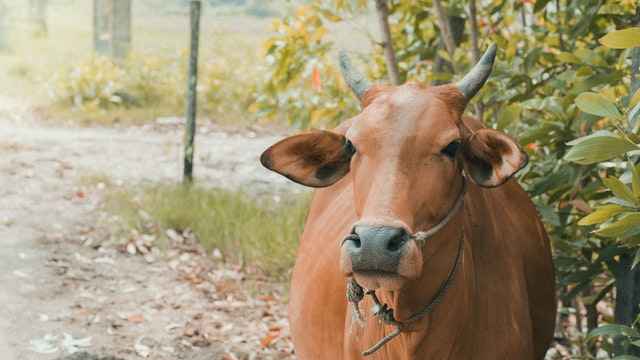
Related Questions
Are all cows female?
Yes, this may be news, but cows are the female cattle and bulls are male cattle. We are taught to use cows as an umbrella term, but the truth is all cows are female. So next time you want to talk about male and female cattle in general, you’ll know what term to use.
Do female oxen have horns?
Oxen, just like other female cattle are capable of growing horns. Only farmers and genetics get to decide whether cattle do or do not get to have horns.
Do all male cows have horns?
It is usually believed that horns are a trait only found in male cattle such as bulls, ox, and other bovines, but it is simply genetics that decides whether male or female cattle grow horns. This means not all bulls have horns, but not all horned cattle are male.
Conclusion
It is truly exciting when something you deemed obvious fact without second thought suddenly is no longer true. I was the person who assumed all male cattle had horns and females did not, and the appearance of horns was therefore something I used to distinguish cow from bull. But alas it is not true, and horns have a purpose much greater than assigning gender. We learn something new every day.

